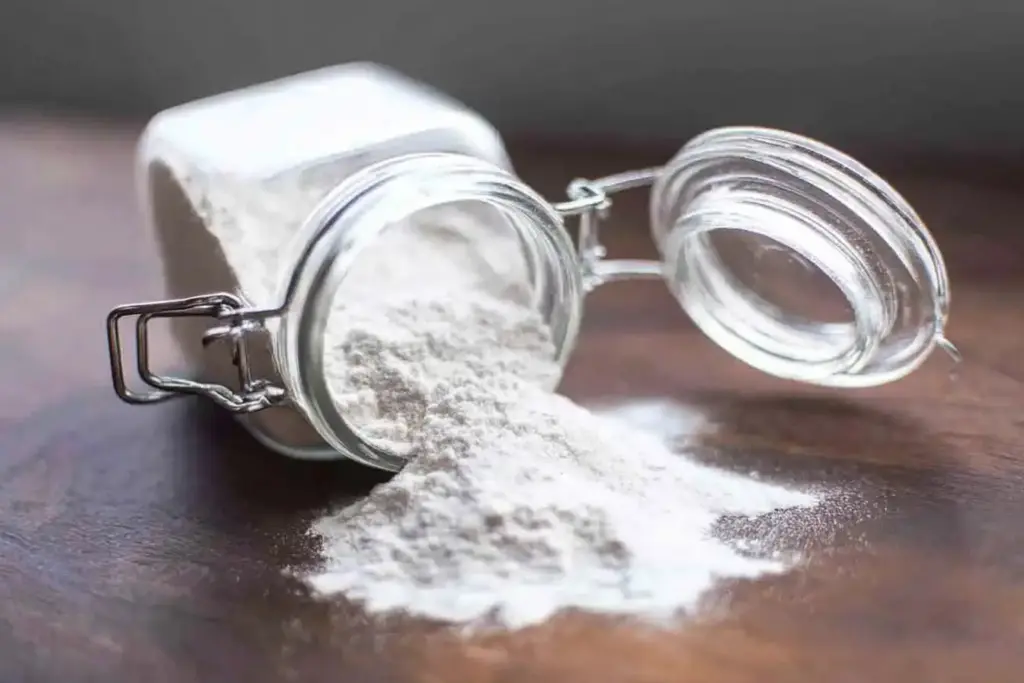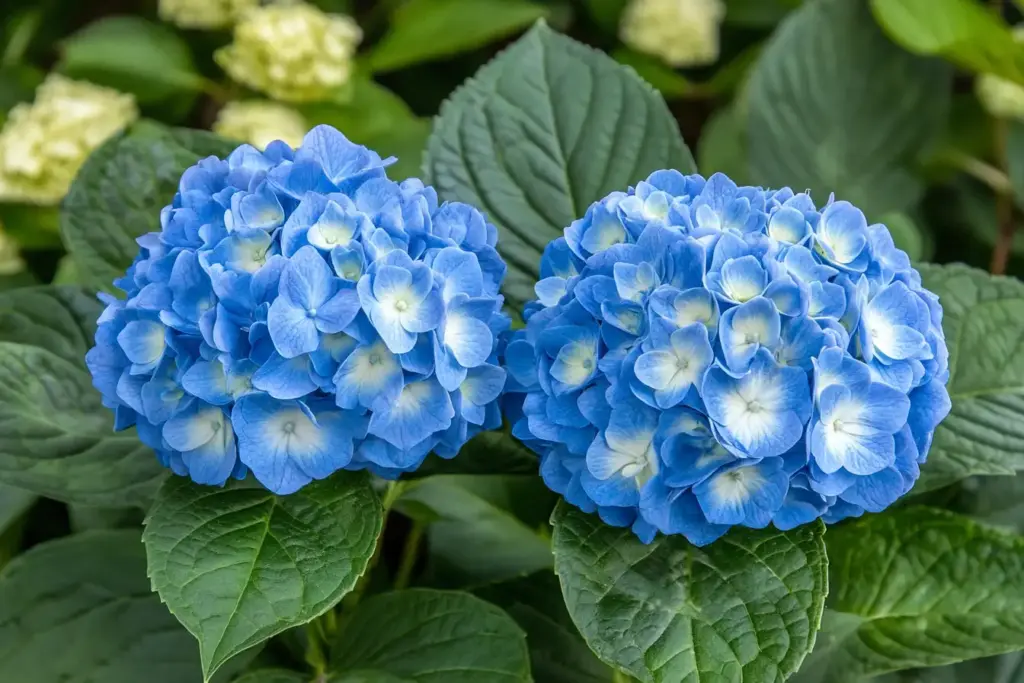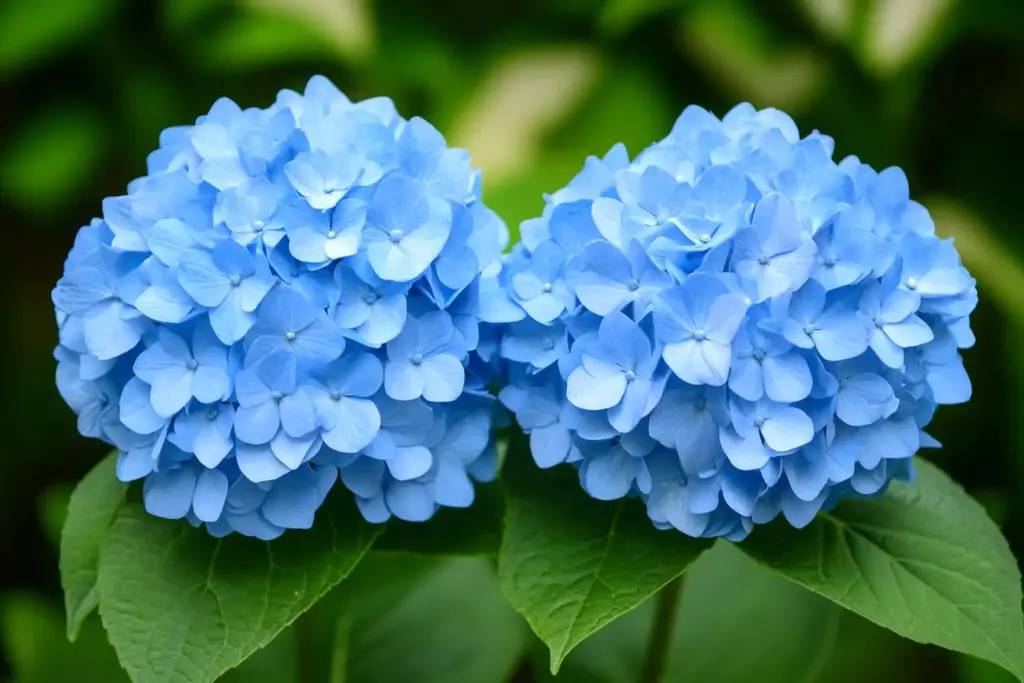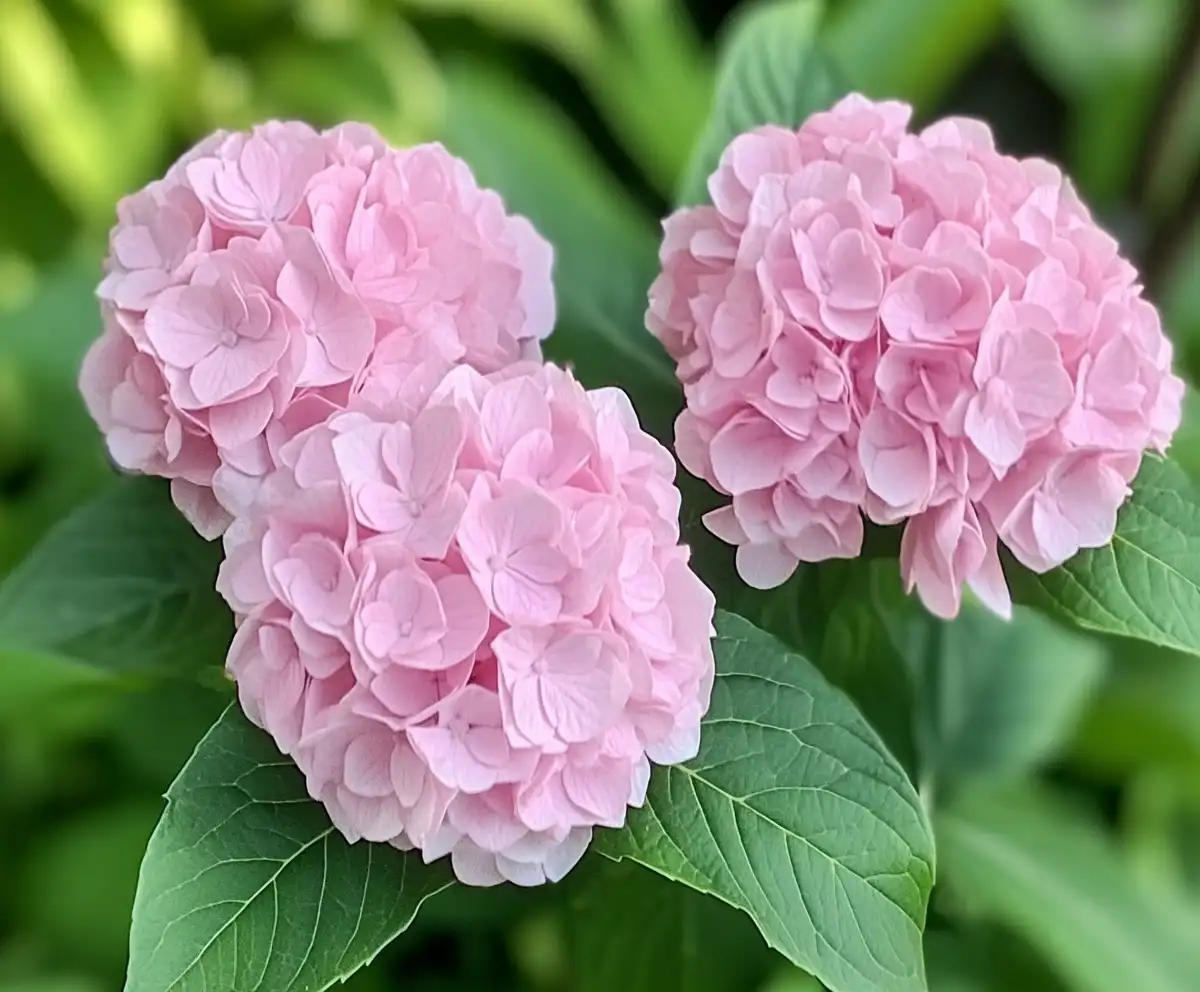Baking soda for hydrangeas is a popular garden tip that’s been making the rounds on forums and social media alike.
Gardeners often wonder if sprinkling this common household ingredient around their beloved hydrangeas can truly transform their blooms, enhance growth, or ward off diseases. But before you reach for that box of baking soda, it’s important to understand what it actually does—and doesn’t do—for your plants.
In this article, we’ll explore why using baking soda for hydrangeas might not be the magical fix it’s often claimed to be. From flower color changes to disease prevention, we’ll separate fact from fiction so you can make informed decisions about your garden’s health.
If you’re looking to beautify your outdoor space even further, consider features like a backyard pond or natural rock elements to enhance your garden’s charm in a lasting, organic way.
Table of Contents
Why You Shouldn’t Use Baking Soda for Hydrangeas?
The idea of using baking soda for hydrangeas might sound like a simple, low-cost solution to achieving vibrant blooms or fighting off pesky diseases. But the truth is, there’s little evidence that baking soda actually benefits these stunning garden favorites. In fact, relying on this popular household remedy could do more harm than good by disrupting your soil’s natural balance or causing unintended side effects.
While the allure of a quick fix is tempting, it’s essential to understand that the benefits of baking soda for hydrangeas are mostly anecdotal, lacking any solid scientific support. Before sprinkling baking soda on your prized blooms, let’s look at why it might not be the best idea.
Benefits of Baking Soda for Hydrangeas Aren’t Proved Yet

Gardeners often share tips online, claiming that baking soda for hydrangeas can enhance blooming, adjust flower color, or prevent fungal diseases. But so far, there’s no conclusive research to back up these claims. Sodium bicarbonate—the chemical name for baking soda—has some mild antifungal properties, but it lacks the essential nutrients hydrangeas need to thrive.
Relying on baking soda might give you a false sense of control over your garden’s health. Instead, it’s best to focus on proven horticultural practices like proper soil management, watering, and the use of appropriate fertilizers. By understanding the real needs of hydrangeas, you’ll be able to create a healthier, more vibrant garden without relying on unproven remedies.
Is Baking Soda Good for Hydrangeas?

The short answer: not really. While baking soda for hydrangeas is often touted as a miracle solution, its benefits remain largely unproven. Sodium bicarbonate can alter soil pH slightly, but it doesn’t directly supply the key nutrients hydrangeas need to thrive. Many gardeners assume that simply sprinkling baking soda will lead to lush blooms and healthier plants, but that’s far from the truth.
In reality, hydrangeas require a balanced blend of essential nutrients—like nitrogen, phosphorus, and potassium—to flourish. These come from fertilizers designed for acid-loving plants, not from a box of baking soda in your pantry. Before adding anything to your soil, it’s wise to conduct a soil test to understand its pH and nutrient levels. That way, you can make informed decisions that truly benefit your plants
Understanding Hydrangea Color Change
One of the most fascinating aspects of hydrangeas is their ability to change color depending on the soil’s pH level. When gardeners search for ways to adjust flower color, they often stumble upon recommendations to use baking soda for hydrangeas—but does it really work?
Here’s how hydrangea color change actually happens: Acidic soil (with a low pH) allows hydrangeas to absorb aluminum, turning the flowers blue. In contrast, alkaline soil (with a higher pH) limits aluminum uptake, resulting in pink blooms. Since baking soda is alkaline, some believe it can raise soil pH and transform blue flowers into pink ones.
However, this method is far from precise. Soil chemistry is complex, and simply sprinkling baking soda doesn’t guarantee the desired result. If you’re serious about controlling flower color, it’s best to amend soil pH carefully with products designed for horticultural use, such as garden lime or sulfur. This way, you’ll have more control—and healthier plants.
Baking Soda and Its Alleged Benefits

Baking Soda and Its Alleged Benefits
Many gardeners get excited about the potential of baking soda for hydrangeas—and it’s easy to see why. Baking soda is inexpensive, easy to find, and often hailed as a “miracle cure” for everything from powdery mildew to poor blooms. Let’s explore the most common claims associated with using baking soda for hydrangeas.
Enhance Blooming
Some gardeners believe that baking soda can boost flower production in hydrangeas. However, there’s no scientific evidence that baking soda contributes to increased blooms. Flowering in hydrangeas is influenced by proper nutrition, adequate sunlight, and consistent watering—not by a sprinkling of baking soda.
Change Flower Color
As mentioned earlier, baking soda may affect soil pH, which in turn might influence flower color. However, this is a highly unreliable method. Soil pH can vary dramatically in different garden areas, and simply adding baking soda is not a guaranteed or precise way to get the color you want. It’s always better to rely on tested soil amendments specifically designed to raise or lower pH levels.
Fungal Disease Prevention
One area where baking soda might have some merit is in fungal disease prevention. Sodium bicarbonate has mild antifungal properties and can sometimes help manage surface-level fungal problems. Still, it’s not a cure-all, and it certainly won’t replace a comprehensive plant health plan that includes proper spacing, watering practices, and the use of fungicides when necessary.
Scientific Perspective
When it comes to baking soda for hydrangeas, the scientific evidence is thin. Most of the claims surrounding its use are anecdotal, lacking rigorous research to back them up. Let’s unpack some of the most common questions gardeners have about using baking soda in their gardens.
Does Baking Soda Turn Hydrangeas Blue?
No, baking soda for hydrangeas does not turn the blooms blue. In fact, baking soda, being alkaline, can raise the soil’s pH, which often leads to pink flowers. The blue color in hydrangeas happens in acidic soil where aluminum is available for uptake. Therefore, if you’re hoping to turn your pink hydrangeas blue, baking soda is not the solution—in fact, it might do the opposite.
Can Baking Soda Be Used as Fertilizer?
Baking soda cannot replace fertilizer. Hydrangeas need essential nutrients like nitrogen, phosphorus, and potassium to grow strong and produce vibrant blooms. Baking soda doesn’t contain these nutrients and therefore can’t serve as a substitute for proper plant nutrition. If you want healthy, lush hydrangeas, it’s best to use fertilizers formulated for acid-loving plants.
How to Use Baking Soda for Hydrangeas?
If you’re still curious and want to experiment with baking soda for hydrangeas, proceed with caution. Mix one tablespoon of baking soda in a gallon of water and apply it to the base of your plant once a month. Avoid spraying it on the leaves and blooms to prevent potential damage. Remember, results can vary—and there’s no guarantee of success. Monitor your plant’s health carefully and discontinue use if you notice any negative effects.
author:Conclusion
While the idea of using baking soda for hydrangeas is popular among home gardeners, it’s important to understand that the benefits are mostly anecdotal and not scientifically proven. If you’re serious about improving your hydrangea’s health or changing its flower color, focus on proper soil management, consistent watering, and using balanced fertilizers specifically designed for these beautiful blooms.
Experimenting with baking soda might be fun, but it shouldn’t replace tried-and-true gardening practices. By giving your hydrangeas what they really need, you’ll be rewarded with healthy plants and vibrant flowers—plus a garden that’s the envy of the neighborhood.
🌿 Love gardening inspiration? Follow me on Pinterest for bold plant ideas, tips, and seasonal color!



